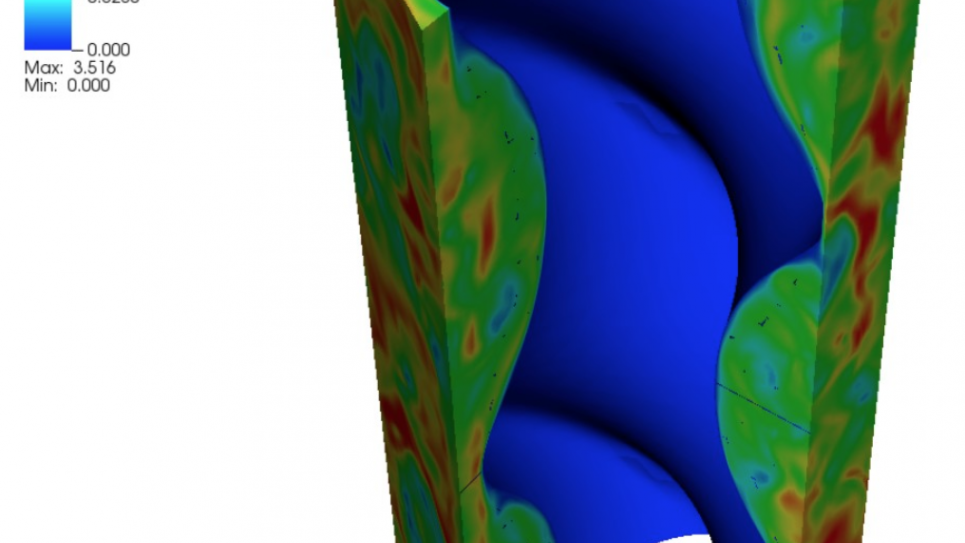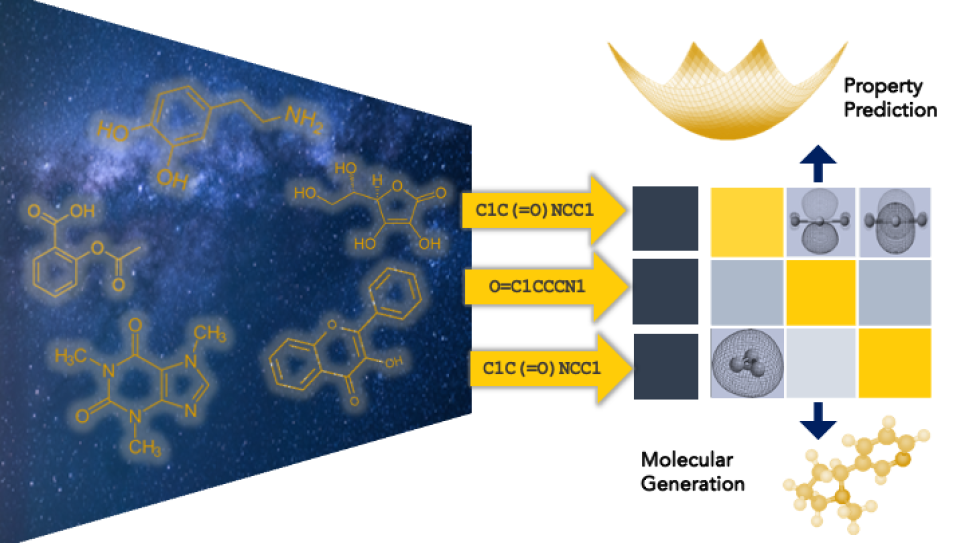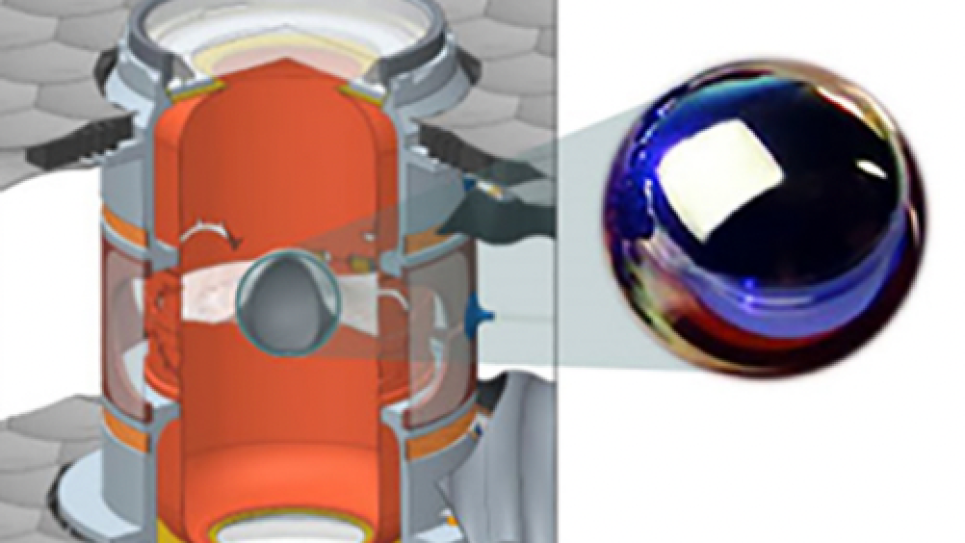
High-Fidelity Simulation for Molten Salt Reactors: Enabling Innovation through Petascale Computing
Amid an increase in cost of traditional nuclear reactor designs, in recent years advanced reactor concepts based on molten salt coolants have emerged as an attractive solution capable of increasing inherent safety while reducing cost. An example is the fluoride-salt-cooled, high-temperature reactor (FHR) that can be deployed with robust safety, affordable cost, and flexible operation. While promising, molten salt technologies have historically received much less attention than competing designs (e.g., sodium reactors). Consequently, there is a far smaller amount of heuristic and modeling knowledge compared to other reactor designs. Further development of the FHR technology will involve design optimization of key systems, structures, and components for commercialization. The main challenge is to use appropriate tools measured by the code’s fidelity to the governing physics involved at all levels of the design iteration and optimization process, from the lowest-length scale up to the full reactor plant scale.
This proposal addresses this challenge, providing much-needed high-fidelity data to inform lower-fidelity models. The project will focus on critical components of the FHR reactor: the core and the heat exchangers. For both cases researchers will conduct high-fidelity simulations with Nek5000. These will generate invaluable datasets that will allow the exploration of a broader design space, ultimately fostering innovation.


